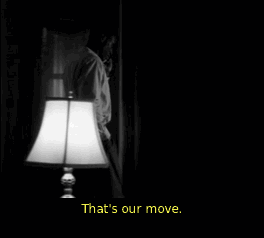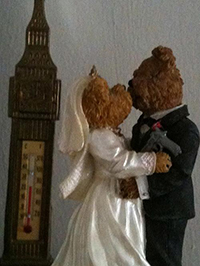There are lots of ways to tell stories. We’re used to words, spoken or written, and video, but there’s more. Pictures tell stories. Music tells stories. The web opens up a whole new territory. I stumbled upon Clubbo Records something like ten years ago, and it really changed my idea of what a story can be online. You can basically throw linearity (which some might consider the essence of storytelling – beginning, middle, end) out the window, and have the story take place across a variety of media, in a variety of places. The story behind Clubbo is that a musician wanted to write a novel about the business, and that idea morphed into a website for a fictional record label. There may not be an involving plot with a satisfying conclusion, but there’s a level of depth that you don’t find in traditional stories.
Bryan Alexander wrote the book on digital storytelling. Most people liked the chapter we read this week. The point was to get people to think about different types of storytelling. Really we’ve been doing that all along, looking at how pictures and sound tell the story of The Wire. There was mixed reaction to the WireScenes tumblr, and the consensus opinion seems to be that the Facebook page doesn’t qualify. That’s okay; disagreement can be healthy. But I think that all these are different ways of looking at The Wire. John Johnston’s amazing work on the Wire characters bulletin board and The Game super cut (YT) take it to a whole different level. These things add to the story, or they help us see it in a new ways. So does the Google map that Andrew Forgrave brought up. What is digital storytelling? It’s whatever we want it to be.


